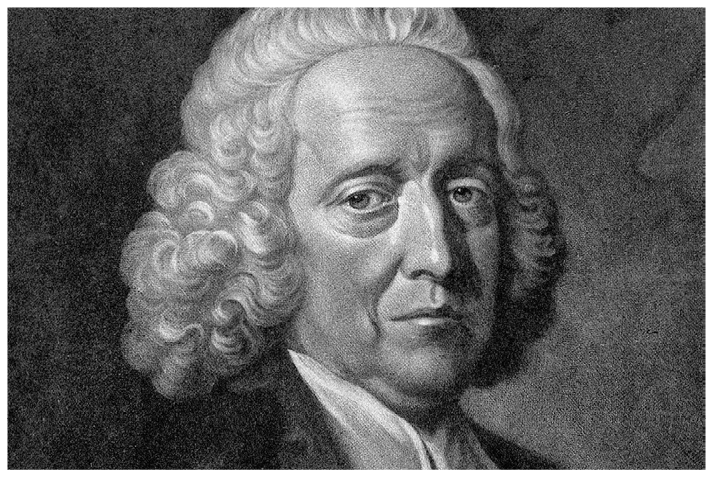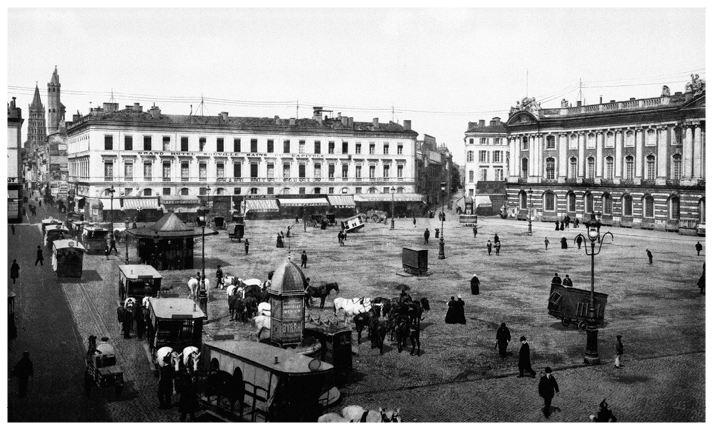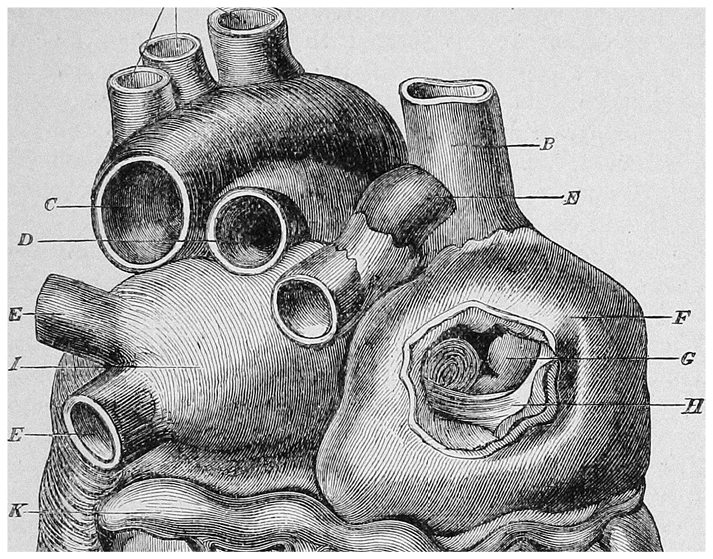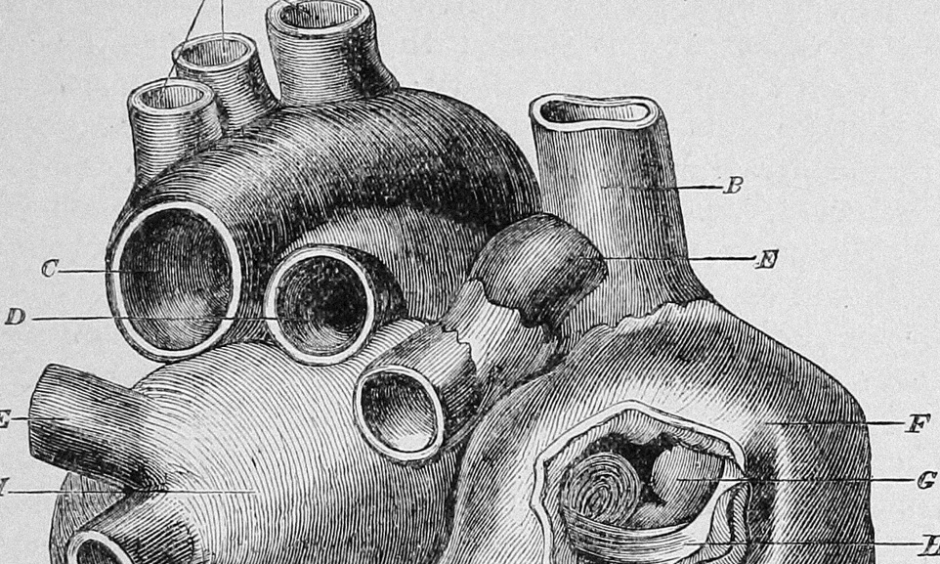Although interventional cardiology is a relatively new concept, the progress made by the field since its introduction rivals that of other major medical disciplines.
With great progression being experienced across the world, this ever-changing field is at the forefront of patient care, enhancing survival and treatment of critical cardiology patients via continuous new clinical evidence. However, the field also recognises the importance of understanding and learning from the actions of early pioneers, building on their foundations in order to evaluate new concepts.

Stephen Hales By Mezzotint by J.McArdell after T. Hudson
[CC BY 4.0 (https://creativecommons.org/licenses/by/4.0)], via Wikimedia Commons
History of Interventional Cardiology
The first insight into the usefulness of interventional cardiology techniques was shown by Stephen Hales in 1727, who performed the first cardiac catheterisation in a horse using brass pipes to reach the ventricles. However, the term catheterisation was not coined until 1844, when the first record of intracardiac pressure via a catheter was made by French physiologist Claude Bernard. Around 50 years later, in the mid-1890s, German scientist Wilhelm Röntgen discovered X-rays, a discovery hailed as a medical miracle and one that instigated a revolutionary change to interventional cardiology practice.
Throughout the 1900s, many advances were made in this evolving field, including the first human percutaneous transluminal coronary angioplasty procedure by angiologist Andreas Grüntzig in 1977. Building on the work by Charles Dotter, Grüntzig’s perseverance was extraordinary, and resulted in the successful treatment of a patient, whose original lesion remained open at 37-year follow-up. He then continued his work by organising the first demonstration course in 1978 and publishing his first results in 1979. As the discipline of interventional cardiology entered the 21st century, dual antiplatelet therapy and primary balloon angioplasty were first performed, and the total number of angioplasties carried out reached 2 million. The extent of progression seen by the field of interventional cardiology in such a short space of time has been phenomenal, expanding across the world, and many more breakthroughs are expected in the near future.

Capitol Place, Toulouse, France
Interventional Cardiology in France
Not only was the programme of this year’s EuroPCR congress of significant value to attendees, so too was the host country of France, which is steeped in history from the field of interventional cardiology. The very first EuroPCR congress was held in the city of Toulouse, France, in 1989, and the meeting has since grown rapidly, both in terms of attendee numbers and its impact on the discipline. As the number of attendees increased to around 4,000 in the late 1990s, and now totals >10,000, the congress was moved to the Palais des Congrès de Paris, maintaining the event’s close connection to France.
France has been the home of many key figures in the field of interventional cardiology and so is a fitting host for the annual EuroPCR event. Around 70 years after the work of French physiologist Claude Bernard on catheterisation, French national Alexis Carel completed the first canine bypass surgery stenting and transplantation and was awarded the 1912 Nobel Peace Prize for his work. Furthermore, France was the birthplace of the concept of dual antiplatelet therapy for the prevention of stent thrombosis in 1996, following a study of 2,900 patients from 25 French centres. However, one of the most notable figures in this field is French-born interventional cardiologist Alain Cribier, who performed the first balloon valvuloplasty in 1985 and the first mitral commissurotomy in 1995, as well as founding the Indo-French Foundation of Interventional Cardiology. Passionate about pursuing the unmet clinical needs of his patients, Cribier did not stop here; in 2002 he performed the first transcatheter aortic valve implantation (TAVI) procedure in the world. This successful procedure took place in Rouen, France, and has revolutionised the practice of interventional cardiology, as many have since perfected his procedure across the globe and used it to successfully care for many critical patients.

Anatomy of the Arteries of the Human Body By Internet Archive Book Images
[No restrictions], via Wikimedia Commons
Celebrating Progress
Last year saw the 40th anniversary of Grüntzig’s successful angioplasty procedure, and the interventional cardiology discipline took great pleasure in celebrating both the historic and more recent innovations that continue to expand the frontiers of cardiology research. Events such as EuroPCR 2017 were at the forefront of these celebrations, and the 2018 programme built on these advances by presenting the very latest techniques used in the clinic today. This was not the only celebration, as Cribier’s achievements in TAVI were also recognised as a great leap forward in interventional cardiology.
Looking to the Future
Now known as the official meeting of the European Association of Percutaneous Cardiovascular Interventions (EAPCI) and the world-leading course in interventional cardiovascular medicine, EuroPCR attracts thousands of participants every year, offering a global forum for sharing knowledge in the interventional community. The latest insights from this year’s event showed yet more progression in the field, including advances in the efficacy of percutaneous coronary intervention (PCI), as well as the success of noninvasive diagnostic techniques, which are predicted to surpass their conventional counterparts within the next 5 years. More improvements are also expected for bioresorbable scaffold technology, which has the potential to enhance angioplasty. However, Spencer B. King, the first practitioner to complete coronary angioplasty in the USA, described the most important development in the future of interventional cardiology to be obviating the need for angioplasty altogether. With a focus on improvements in the medical treatment of atherosclerosis, this breakthrough may be possible.








